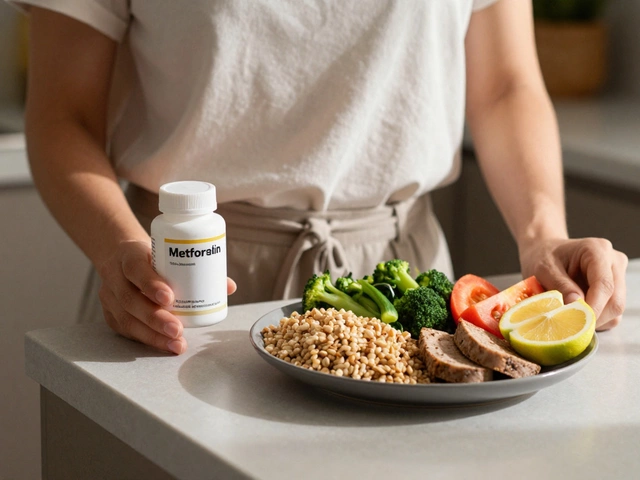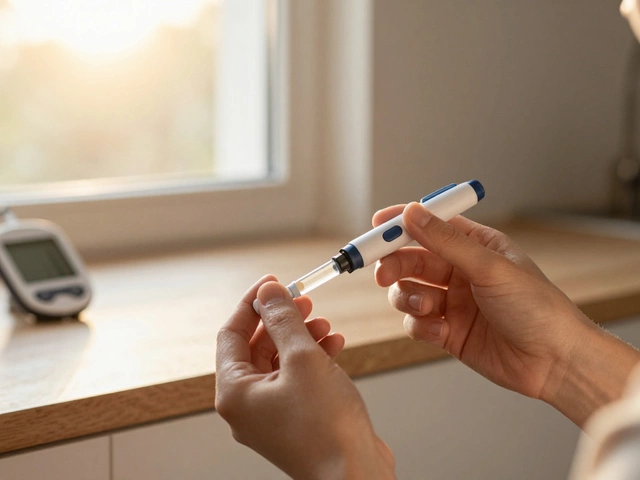Knee Replacement Alternatives: Real Ways to Ease Pain Without Surgery
If you’ve been told you might need a knee replacement, pause before signing that consent form. Many people find relief with less invasive approaches that protect the joint and keep them active. Below, we break down the most useful options, what to expect, and how to decide which one fits your life.
Top Non‑Surgical Options
Physical therapy and targeted exercises are the backbone of most knee‑saving plans. A therapist will guide you through strengthening the quadriceps, hamstrings, and calf muscles, which reduces stress on the joint. Simple moves like straight‑leg raises, wall sits, and mini‑squats can be done at home after the first few sessions.
Weight management can dramatically lower knee load. Losing just 5‑10% of body weight may cut knee‑joint pressure by up to 30%, easing pain and slowing cartilage wear.
Injections offer short‑term relief and can sometimes delay surgery. Corticosteroid shots calm inflammation for a few weeks, while hyaluronic‑acid fillers improve lubrication, making movement smoother. Newer platelet‑rich plasma (PRP) and stem‑cell therapies aim to stimulate cartilage repair, though results vary.
Knee braces and orthotics help by realigning the joint and reducing abnormal wear. A properly fitted unloader brace can shift pressure away from the damaged compartment, giving you more comfort during daily activities.
Supplements and nutrition may support joint health. Glucosamine, chondroitin, omega‑3 fatty acids, and vitamin D have shown modest benefits for some patients. Pair them with a diet rich in antioxidants—think berries, leafy greens, and nuts—to fight inflammation.
When Surgery Might Still Be Needed
Non‑surgical routes work best when joint damage is moderate and you’re willing to stay consistent with rehab. If imaging shows severe bone loss, large osteophytes, or constant locking, a joint‑preserving option may not be enough.
Consider a partial knee replacement if only one compartment is affected. This smaller surgery keeps more of your natural knee, often leading to quicker recovery than a full replacement.
If you’ve tried therapy, weight loss, injections, and bracing for six months without meaningful improvement, discuss total knee replacement with your orthopedic surgeon. Early surgery can prevent further damage to surrounding tissues and improve long‑term function.
Remember, the decision isn’t black‑and‑white. Talk with a physiotherapist, a sports‑medicine doctor, and an orthopedic specialist. Get a clear picture of your pain level, activity goals, and how each option fits into your daily routine.
Bottom line: many knee‑pain sufferers find relief and stay out of the operating room by combining exercise, weight control, targeted injections, and supportive gear. Give those alternatives a solid try, track your progress, and keep the conversation open with your healthcare team. You might be surprised how far you can go without a scalpel.




